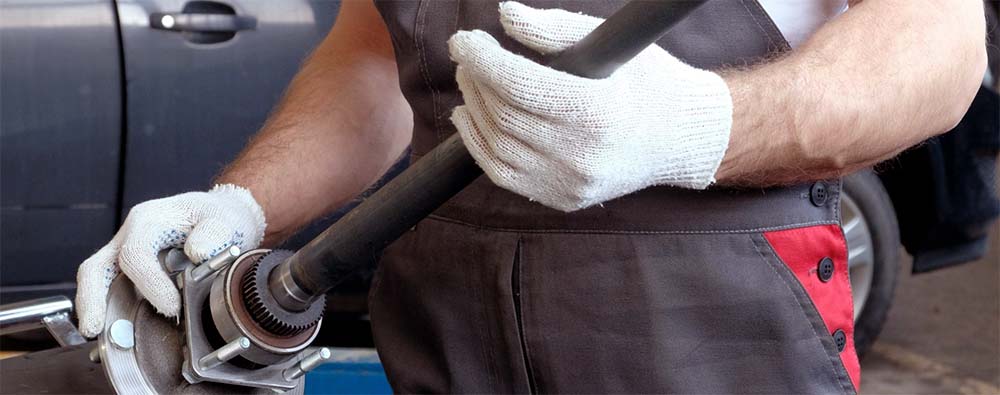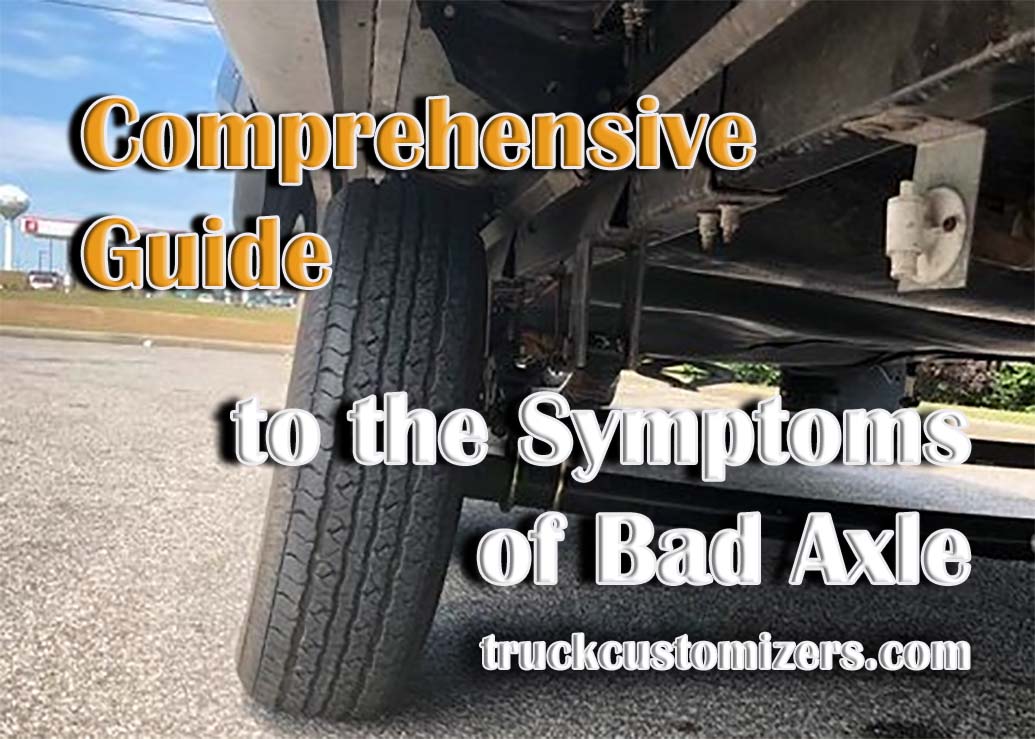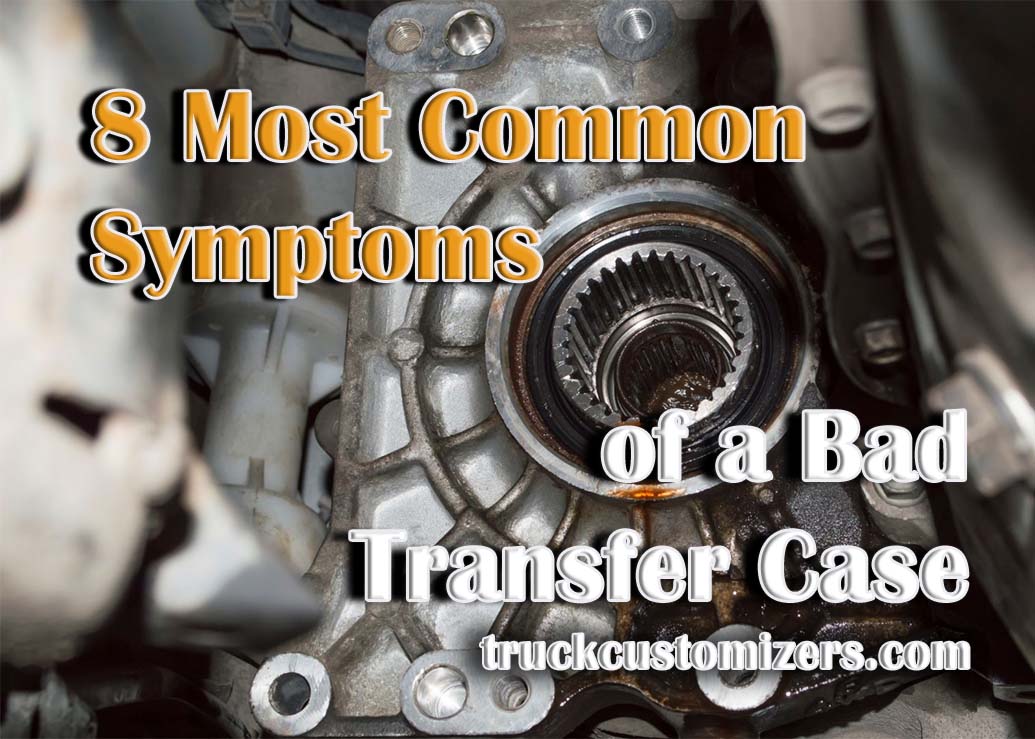The axle is an integral component of any vehicle, forming a central part of the wheel system. It serves as the driving force, transmitting power from the engine to the wheels, making vehicle movement possible. A malfunctioning axle can lead to severe complications, impacting the overall performance and safety of the vehicle. Therefore, understanding the symptoms of a bad axle can save drivers from dangerous situations and costly repairs.
Axles serve two primary purposes in a vehicle: bearing the weight of the vehicle, passengers, and cargo, and transmitting engine power to the wheels to drive the vehicle forward. Different types of axles, including front, rear, and stub, have specific roles and characteristics. The front axle is responsible for steering and absorbing shocks from the road, the rear axle transfers torque from the transmission, and the stub axle allows wheels to pivot during steering.
Recognizing the Symptoms of a Bad Axle
There are several common symptoms of a bad axle that vehicle owners should be aware of:
- Loud clicking noises when turning or accelerating.
- A strong vibration or rumbling sensation while driving.
- Difficulty steering the vehicle.
- Grease on the edge of the tire or along the underside of the vehicle.
- Noticeable wear or damage on the axle itself.
Axles can deteriorate for various reasons, including excessive load, inadequate lubrication, or the wear and tear of the CV joint. The implications of a bad axle can be severe, affecting the vehicle’s control and operation, potentially leading to complete transmission failure. Notably, it may also cause further damage to the suspension system, leading to a rough and uncomfortable ride. Consequently, recognizing the symptoms of a bad axle and addressing them promptly is of utmost importance for safe driving.

Troubleshooting and Repairing a Bad Axle
When your vehicle starts showing the symptoms of a bad axle, it’s essential to act promptly and seek professional help. It’s advisable to have a comprehensive inspection carried out by a qualified mechanic who can assess the situation accurately. Using specialized equipment and their expert knowledge, they can determine the severity of the axle’s condition and suggest the most suitable course of action. Depending on the extent of the damage, the axle might require either repair or complete replacement. While the cost of axle replacement can be substantial, it is a crucial investment to ensure your vehicle’s safety and longevity. Ignoring the issue could lead to more severe and expensive problems down the line, so it’s best to address it as soon as possible.
The Importance of Regular Vehicle Maintenance
Regular vehicle maintenance cannot be overstated in its importance when it comes to identifying and mitigating axle issues before they escalate. Regular check-ups allow for the timely detection of wear and damage not only to the axle but also to other essential components of the vehicle. For instance, maintaining a high-performance component such as the Best Cold Air Intake for Ford Focus (a topic we delve into in another article) can lead to improved overall vehicle performance. Similarly, regular axle inspections can detect signs of damage or wear early, allowing for timely repairs and possibly saving you from more costly replacement expenses in the future. It’s worth mentioning that preventative maintenance is often cheaper than repairs or replacements, emphasizing the importance of routine vehicle upkeep.
Conclusion
To sum up, gaining a solid understanding of the symptoms of a bad axle, their causes, and potential repercussions is a crucial part of being a responsible vehicle owner. A bad axle can drastically affect the vehicle’s performance and safety, so knowing what to look out for can save you both time and money in the long run. Regular vehicle maintenance, including thorough inspections of the axle and other integral components, can help prevent serious issues from developing and ensure a smooth, safe drive. Continuing to expand your knowledge on various vehicle components and how they work together will serve you well in ensuring the longevity and optimal performance of your vehicle. Remember, when it comes to vehicle maintenance, prevention is always better than cure.



